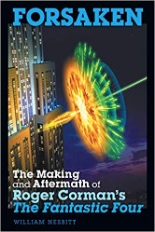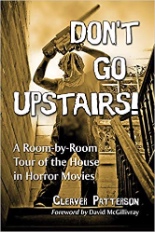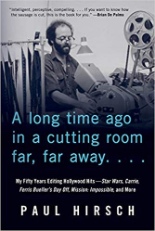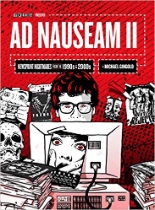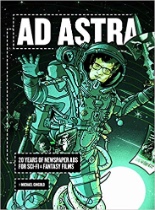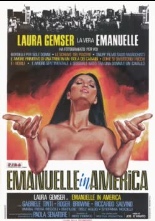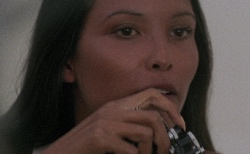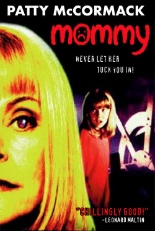
 Although Mommy isn’t officially a sequel to 1956’s classic The Bad Seed, the idea for the shot-on-video thriller sparked from a “what if?” scenario in writer/director Max Allan Collins’ mind — namely, what would Patty McCormack’s killer-kid character be like as a grown-up … y’know, if she hadn’t been fatally fried by a bolt of lightning and all? Mommy knows best. Call it The Bad Seed: The Cougar Years.
Although Mommy isn’t officially a sequel to 1956’s classic The Bad Seed, the idea for the shot-on-video thriller sparked from a “what if?” scenario in writer/director Max Allan Collins’ mind — namely, what would Patty McCormack’s killer-kid character be like as a grown-up … y’know, if she hadn’t been fatally fried by a bolt of lightning and all? Mommy knows best. Call it The Bad Seed: The Cougar Years.
McCormack’s titular matriarch, Mrs. Sterling, is a 40-something, double-“widowed” single woman dripping in pearls, entitlement and racism. She enters the Iowa-lensed movie like a boss, strutting into school after final bell to have a word with the teacher (Majel Barrett, 1973’s Westworld) who has decided to give this year’s outstanding student award to someone other than her daughter, Jessica Ann (newcomer Rachel Lemieux). Only one woman leaves the conversation alive, thus making Mrs. Sterling the ultimate stage mother.
 As the body count increases, 12-year-old Jessica Ann’s distrust in her mom grows, boosted by the elder’s ability to open jars with minimal effort. When the girl goes snooping in Mommy’s bedroom, Collins cooks up genuine suspense, with viewers nervously looking at the open door in the far right of frame, for any sign Jessica Ann is about to get busted.
As the body count increases, 12-year-old Jessica Ann’s distrust in her mom grows, boosted by the elder’s ability to open jars with minimal effort. When the girl goes snooping in Mommy’s bedroom, Collins cooks up genuine suspense, with viewers nervously looking at the open door in the far right of frame, for any sign Jessica Ann is about to get busted.
A prolific novelist — and a damned good one — Collins based Mommy on his same-named short story from the 1995 horror anthology Fear Itself. On the page, you can write anything, but on the screen, everything comes with a price tag; this being Collins’ first feature, his ambition sometimes gets reality-checked. Nowhere is this more evident than the night scenes, lit with saturated red, blue and orange gels … that get washed out on video (but are more visually pleasing than the credits’ use of Comic Sans and other egregious fonts). Collins acknowledges this limitation on the 25th-anniversary “widescream” Blu-ray set (which also contains the 1997 sequel, Mommy’s Day). By his third movie, Real Time: Siege at Lucas Street Market, he expertly had reversed the equation to make minuscule resources work in the flick’s favor.
 Luckily, McCormack’s performance doesn’t depend upon a line item. She’s clearly having a ball. As much of a hoot she is to watch, not everyone else aligns to her frequency of camp. Having no acting experience at the time, Lemieux isn’t up to that challenge as Mommy’s distrustful daughter, but she does a decent job in what is the true lead. Famous faces also in the cast include The Exorcist’s Jason Miller, Mike Hammer creator Mickey Spillane and B-movie scream queen Brinke Stevens (The Jigsaw Murders), here completely clothed. —Rod Lott
Luckily, McCormack’s performance doesn’t depend upon a line item. She’s clearly having a ball. As much of a hoot she is to watch, not everyone else aligns to her frequency of camp. Having no acting experience at the time, Lemieux isn’t up to that challenge as Mommy’s distrustful daughter, but she does a decent job in what is the true lead. Famous faces also in the cast include The Exorcist’s Jason Miller, Mike Hammer creator Mickey Spillane and B-movie scream queen Brinke Stevens (The Jigsaw Murders), here completely clothed. —Rod Lott

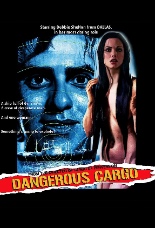
 What a ship captain thinks is cotton below deck is actually nitroglycerin —
What a ship captain thinks is cotton below deck is actually nitroglycerin — 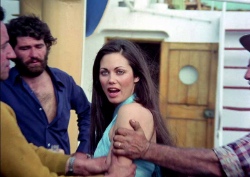
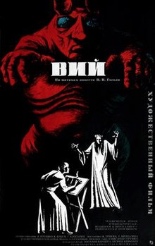
 Genre enthusiasts will often champion Britain’s Hammer Films as the end-all-be-all of ’60s horror. After viewing Communist Russia’s
Genre enthusiasts will often champion Britain’s Hammer Films as the end-all-be-all of ’60s horror. After viewing Communist Russia’s 
